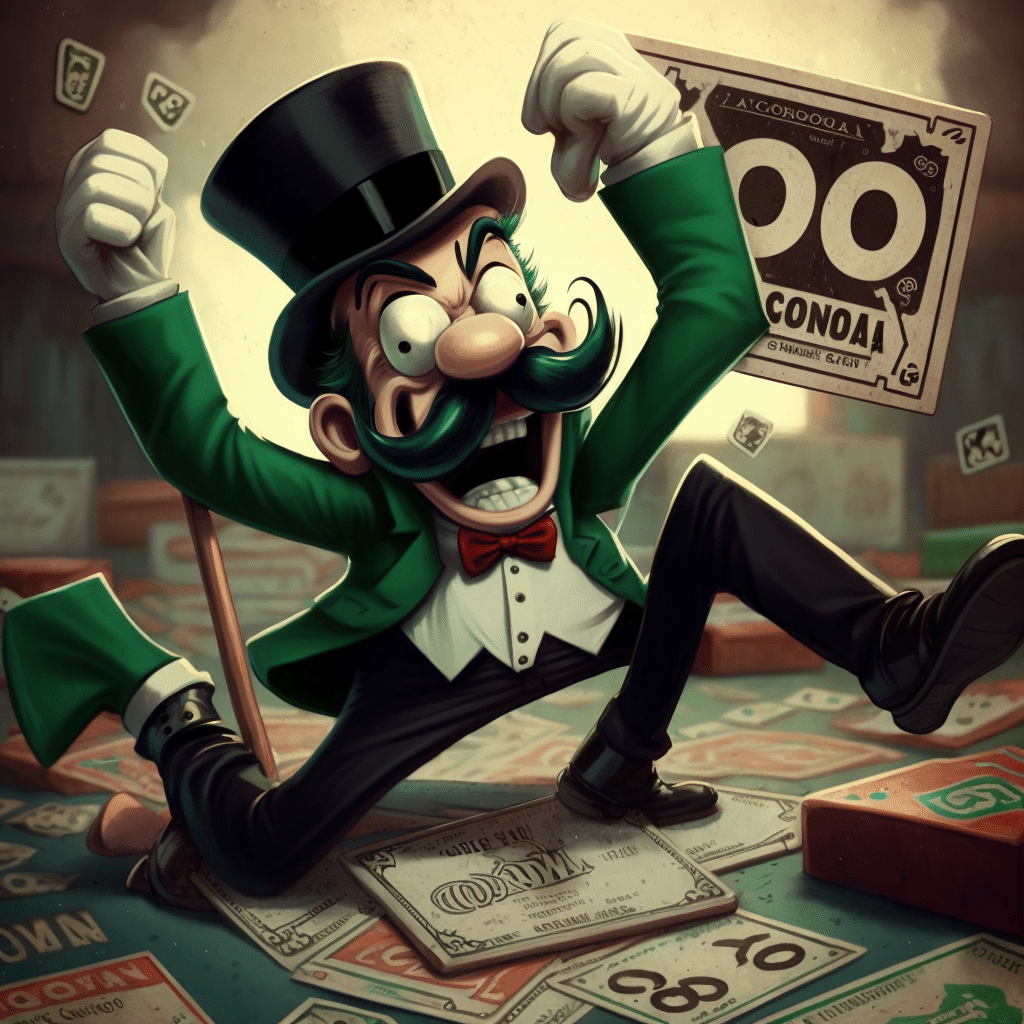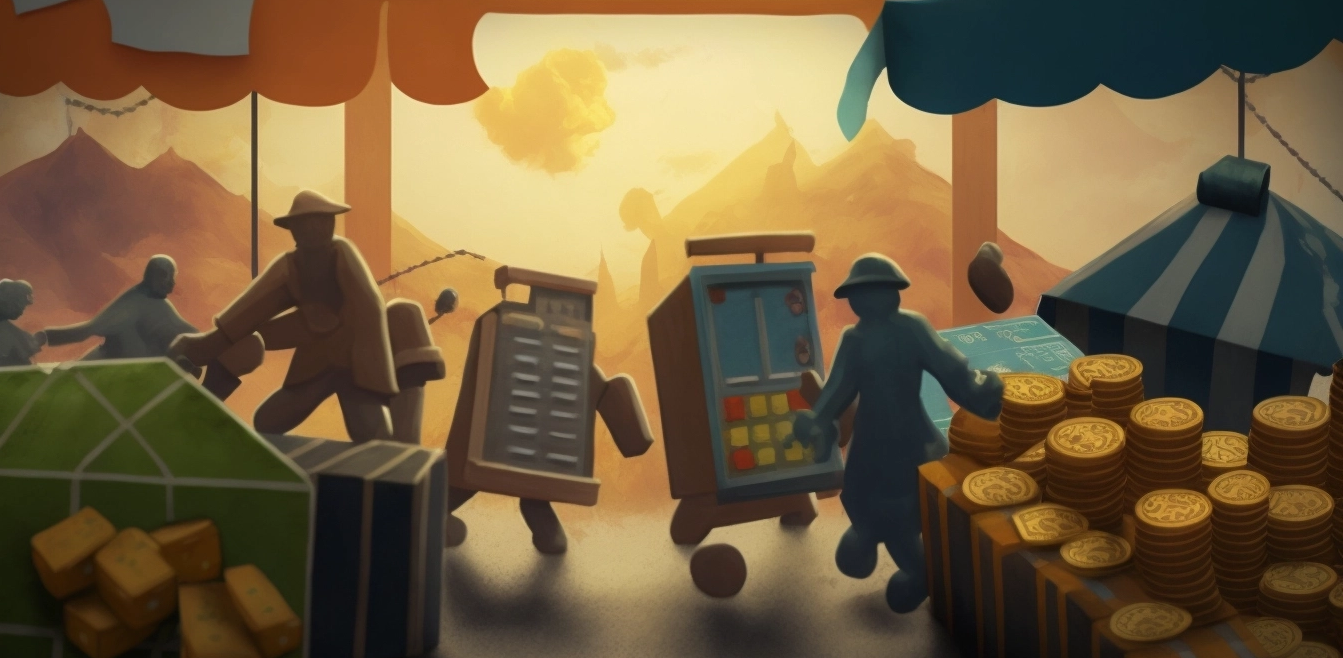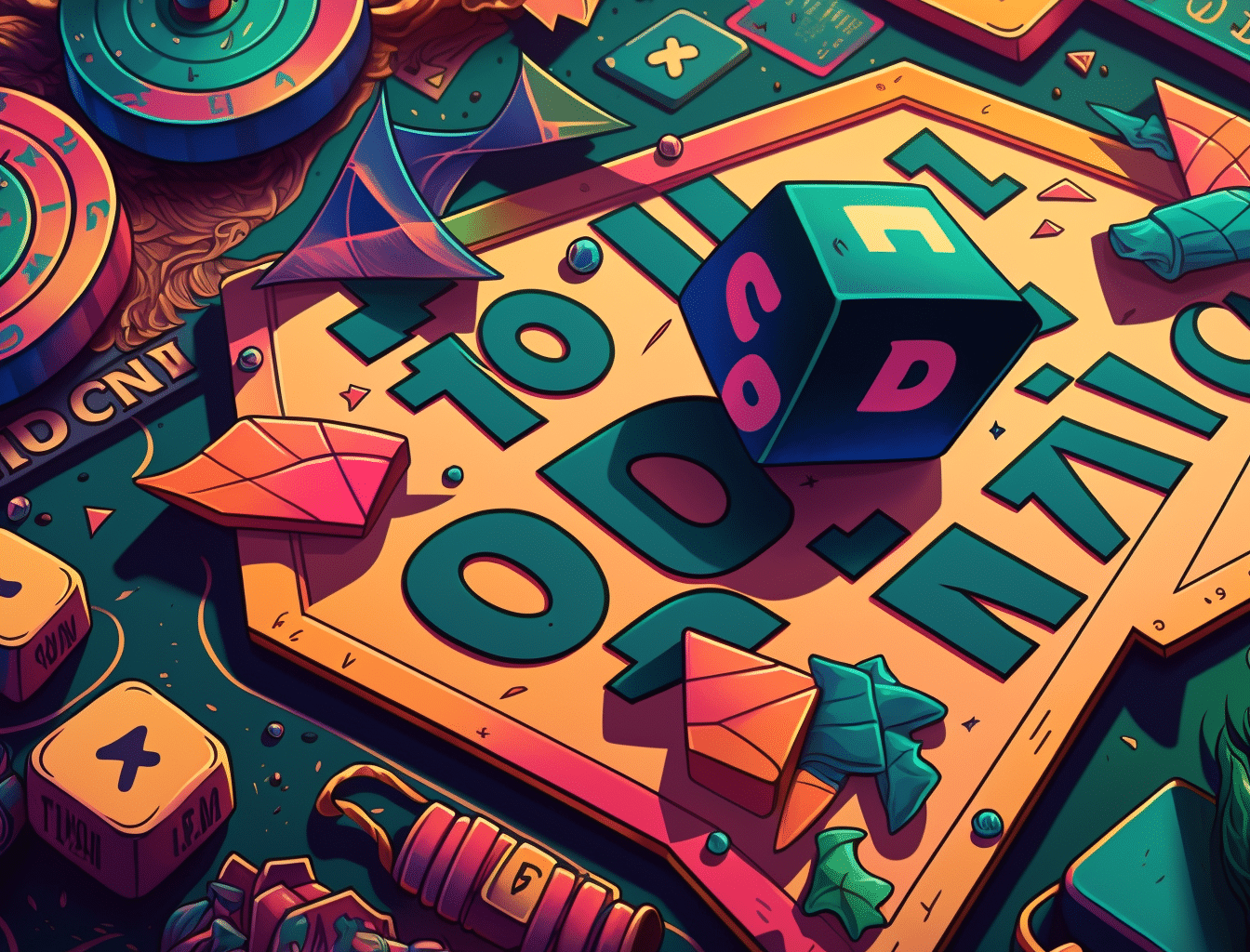Game Preparation:
Shuffle each card type (Products, Features, Problems) into separate piles and place the cards within easy reach of everyone. The card type is written on the back of each card for ease. If you’re playing on a large table it may be a good idea to split each deck up into smaller piles so that everyone can reach a pile of each card type.
Each player draws three Product cards and five Feature cards. That’s it!
Gameplay Begins:
To start off, the player who most recently purchased something will be the first Customer. The Customer will flip over one Problem card from the Problem deck, reading the prompt aloud to the other players.
The other players (Salespersons) will play one Product card and one Feature card face down in front of them from their hand. They will then pick one Feature card at random from the deck and also place it face down (no peeking!) with their previously played Product and Feature cards. You’ll know you’re ready for your pitch when you have one Product and two Feature cards face down in front of you.
The Pitches:
Starting to the Customer’s left, the players will give their sales pitches, flipping over their cards as they are mentioned. The order of which the Feature cards are revealed is entirely up to the person that played them. The Feature cards can either apply directly to the Product card, or even be effects of using it! Perhaps your pitch involves a car that’s wanted by the government, or simply driving the car means the Customer will be wanted by the government! Never be afraid to be creative with it.
The Salespersons should explain how their Product will be the best solution to the Customer’s Problem. Once one sales pitch ends, the next Salesperson to the left presents. Feel free to throw around a little banter from salesperson to salesperson, but keep it brief and be sure to let each player complete their full pitch. This goes on until the round gets back to the Customer, who then chooses the pitch that best solves the Problem denoted on their Problem card. The Problem card is then awarded to the Salesperson that pitched that solution, and the player to the Customer’s left becomes the new Customer.
After each round, the players will draw new cards back up to three Product cards and five Feature cards, while discarding their used cards.
How to Win:
After each player has gotten to be the Customer three times, the game ends and the player with the most Problem cards wins! If playing with large groups of players, you can play until one player has won three problem cards.
Special Cards
Certain cards are different than the others; cards with blanks on them for example. Refer to the card itself for specific instructions on how to proceed. Cards with ellipsis (…) indicate that this is where your Product’s name fits in. (Ex. … of Power! – would become the Boeing 747 of Power, Jetpack of Power, etc!)
Blank Cards
Every copy of Sell Outs comes with 3 completely customizable cards just for you! 1 Product card, 1 Feature card, and 1 Problem Card.
Variants
Sell Outs can be played in tons of fun ways, and we’re always coming up with new ones. Check out the list of our favorites (including team rules) on our website! — https://bad-kerning.com/how-to-play-sell-outs/
*Sell Outs can be played with up to 10 people! To keep rounds moving at a healthy pace, we recommend that if you decide to play with 8 or more players, you divide into teams and use the Two-Faced Variant, available at the above URL. If you’re determined, Sell Outs could be played with more than 10 players, but we recommend against it since it could really slow things down. But you are your own person and we can’t tell you what to do!
Longer Game Sessions
If you play multiple games of Sell Outs in a row, you may run out of cards in the decks. If that happens, just gather up the discard piles from earlier play and reshuffle them into new draw piles!
Other Notes of Various Importance :
NOTE: It’s possible to run into issues that these rules don’t address. DON’T LET THAT RUIN THE FUN! Quickly make up a ruling that everyone agrees to and play on. If you can’t decide as a group, the game owner gets the final say.
ADD’L NOTE: Remember, the text on the cards can be interpreted in many ways. (Ex. Ring could be a piece of hand jewelry, a circus/wrestling ring, a telephone call, or extra things we haven’t even thought of!) House rules are always a thing, but be sure to encourage creativity, it’s what Sell Outs is all about!
ADD’L ADD’L NOTE: You might have noticed the interesting font we use on our cards and rules. This font (named Dyslexie) was designed by Christian Boer to improve readability for those with Dyslexia. This font is available for free for home users at their website : https://www.dyslexiefont.com/










